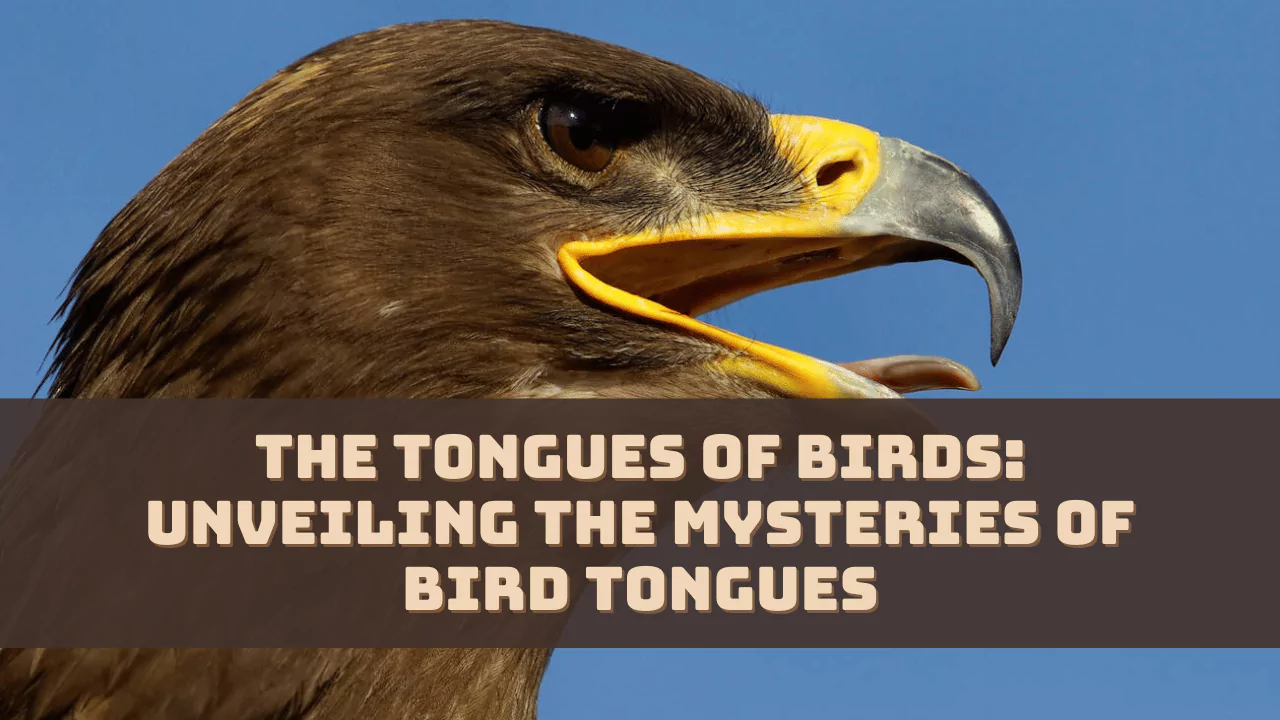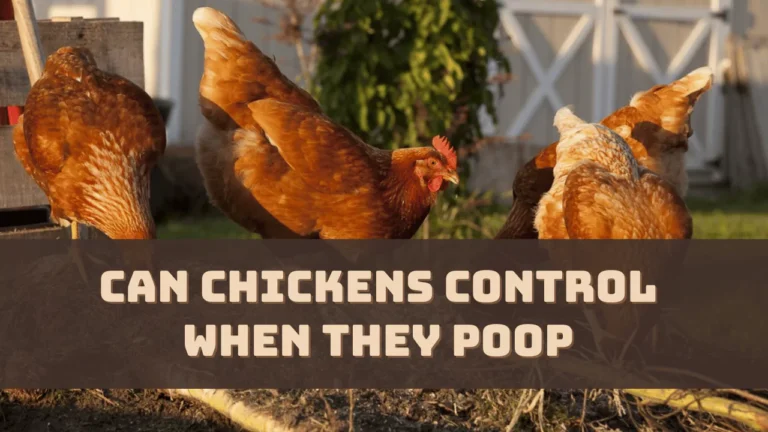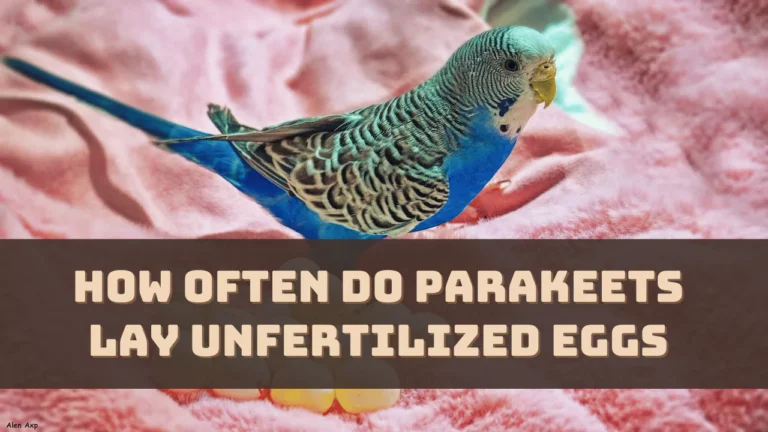You must be wondering – Do birds have tongues? Yes, every bird has a tongue and they also have varied characteristics. They use their tongue to extract insects or to engulf any food items. Even flightless birds like ostriches and emus have tongues but they seem to be vestigial.
You would find that the bird tongues vary in shape, size, and texture and are also made to fulfill certain specific needs. They use the tongue for eating, drinking, foraging, and also for communication for certain matters.
So, let’s dive into the details and get to know what are the varied types of bird tongues and how they are used.
What is the Anatomy of a Bird’s Tongue?
The tongue of a bird is made of hyoid apparatus, which includes bones and cartilage and this controls the movements. They also have either unpaired bone or two bones fused together and these are known as paraglossum, embedded in the tongue.
The layer of cell that covers the tongue is called epithelium and based on the species of the bird, the thickness tends to vary. In some birds the epithelium is hard near the tip which creates a lingual nail and the hardening is known as keratinization. Birds use their tongue to lift the grain and the flexible keratinized epithelium assists them in this process.
Some birds also have a specialized keratinized process of the epithelium called the papillae, which helps to keep the food on the tongue. It has a barb-like structure and it also allows air to swallow air through its rear-facing papillae, which vary in shape and size. At the root of the tongue, you will find the salivary gland that produces saliva and mucus, which helps to moisten the food right before it is swallowed.
Birds’ tongue also has taste buds and these are present at the roof, floor, or base of the tongue. These taste buds help them to differentiate between sweet, brine, bitter, fats, salt, and even sugar. Some birds also develop spots or bands on the tongue or both at the same time. These pink, blue, or even black markings tend to change when the chick becomes an adult.
Purpose of Bird Tongue
For most species, based on their dietary needs the birds’ tongue has gone through a series of adaptations and they serve in drinking, sucking nectar, scooping grain, and catching insects. They also have a huge contribution in terms of survival strategies.
In the case of water birds, such as ducks, that excel in filter-feeding need their tongue to filter out mud and water and the food is retained back in their mouth. They also eject out any undesirable elements using their tongue and get the desired food only.
In the case of parrots, the tongue is also used to mimic human speech other than feeding. They can provide a wide range of sounds, as the tongue contracts and expands owing to its flexible muscles.
Some birds also have hair-like features in their tongue which are called papillae and they are known for trapping food particles, swallowing, and digestion. These tongues have protein-digestive enzymes and help the food particle to ground down. The tongue also produces mucus which prevents bacterial contamination during food intake.
Birds like, Red-breasted Mergansers, Penguins, and Geese have these types of tongues and the papillae are present at the back of the tongue. They also have serrated or barbed tongues that resemble teeth and have keratin spikes that help to grip the fish or any other food item.
What are the Different Kinds of Tongue?
There are different kinds of tongues in birds as the bird’s tongue is tailored to serve different purposes. The most common types are-
Nectar Tongue
Nectar-eating birds have elongated and tubular tongues which help them to sip the nectar from the flower. Their tongue resembles a straw as the tip is forked naturally and curled longitudinally. When the hummingbird is trying to get the nectar, the end of the tongue unfurls and then it curls back when the bird withdraws the tongue.
Muscular Tongue
The birds, who depend on nuts and seeds, use their muscular tongue to grasp them. This type of tongue can be seen in parrots and it allows them to hold the food, manipulate it, and also allows the bird to mimic different kinds of sounds.
Sticky Tongue
This type of tongue is seen among the woodpeckers and they have an adhesive substance stuck at the tip of the tongue which helps them to capture the insects that are concealed within the services of the tree.
Grooved Tongue
These types of tongues have a central groove and so these are called grooved tongues. You can see these tongues among vultures and eagles and the unique design of the tongue helps them to suck out and extract the bone marrow from the dead and decaying substances.
Piston Tongue
The tongues that help the bird to draw water into the mouth are known as piston tongues and these are seen among pigeons and flamingos. the
Which Bird has the Longest Bird Tongue?
A woodpecker species, named Northern Flicker, which is a native to North America has the record for the longest bird tongue. The tongue can extend up to 4 inches and it also has the ability to retract and coil around inside the skull when it is not being used.
Does the Tongue of the Bird Help in Thermoregulation?
Yes, many birds are able to regulate the temperature through their tongue, so you can spot a perched bird opening its mouth for a few seconds. This action helps the bird to expose their tongue to the cool surrounding air, maintaining the internal body temperature. They also use their tongue to lick the feathers which moisten them and regulate the body temperature.
Do Birds Use their Tongue to Lick their Beak?
Yes, birds use their tongues to lick their beaks and also to clean themselves. They also preen their feathers using the beak to remove the dirt and debris.


![Can Ducks Have Celery? [Explained] 7 Can Ducks Have Celery](https://masterbirds.com/wp-content/uploads/2024/02/can-ducks-have-celery-768x432.webp)

